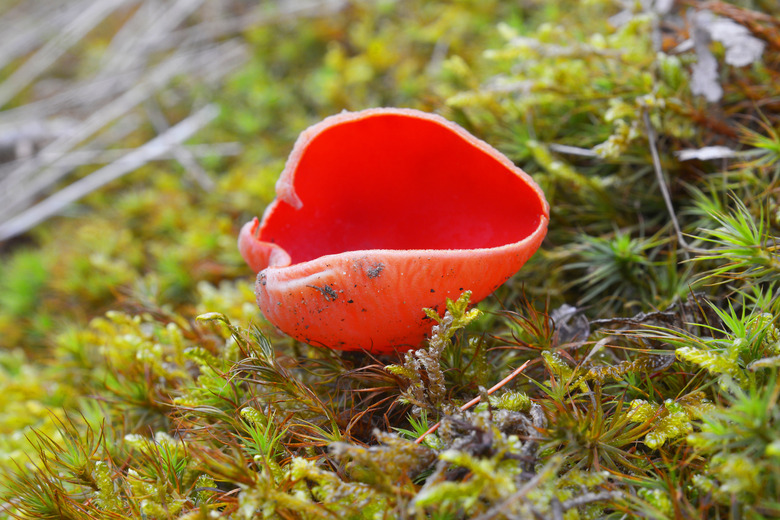What Decomposers Live In Savannas?
The world's savannas, where just enough precipitation falls to support the growth of grasses but not of dense clusters of trees or other flora, challenge many organisms' attempts to thrive. Even some decomposers essential to making nutrients available in an ecosystem are limited by the savanna's resources, but there are still decomposers that live there.
TL;DR (Too Long; Didn't Read)
Though some kinds of organisms are more abundant than others, bacteria, fungi, earthworms and insects all fill the decomposer role in savanna ecosystems.
Bacteria
Bacteria
Bacteria are key decomposers of any biome, their large numbers allowing them to widely colonize a habitat's soil. Bacteria often flourish in savannas where temperatures tend to remain above 25 degrees Celsius (77 degrees F), as they do in northern Australia. Certain kinds of bacteria, such as those called Acidobacteria, are especially resistant to changes in soil moisture and can slow their metabolic rates when few nutrients are present, making them well-suited to savanna life.
Fungi
Fungi
In drier climates like savannas, lower soil moisture leads to fungi being less widely distributed than decomposers like bacteria. However, fungi still act as decomposers in such places as the oak savannas of Iowa. There, oaks grow sparsely among the broad fields of grass beside more densely populated woodlands. When these oaks fall, they provide matter for several species of fungi to break down, including Sarcoscypha dudleyi (commonly known as crimson cup), Laetiporus sulphureus (commonly known as sulphur shelf) and Trametes versicolor (also called the turkey tail mushroom).
Earthworms
Earthworms
Earthworms may seem like poor candidates to survive the drier, often warmer climates of savannas, but oak savannas offer suitable habitats for earthworms as well as for fungi. Earthworms are thought to have lived in the lands that became California's oak savannas for millions of years, adapting to environmental changes. Today, researchers from the University of California's Hopland Research and Extension Station continue to study and identify the worm species assisting in the breakdown of soil organisms' bodies there.
Insects
Insects
Some decomposers prosper not because of the rare occurrences of trees in savannas but because of the grasses that are so common. Savanna grasses provide food and shelter for a number of insects, including beetles, locusts and flies. Termites are so effective in devouring and decomposing dead grasses in the African savanna that they are believed to help aerate tons of soil each year through their activity, making them one of the savanna's most important decomposers.
Cite This Article
MLA
Johnson, Sheila. "What Decomposers Live In Savannas?" sciencing.com, https://www.sciencing.com/decomposers-live-savannas-24064/. 24 April 2018.
APA
Johnson, Sheila. (2018, April 24). What Decomposers Live In Savannas?. sciencing.com. Retrieved from https://www.sciencing.com/decomposers-live-savannas-24064/
Chicago
Johnson, Sheila. What Decomposers Live In Savannas? last modified March 24, 2022. https://www.sciencing.com/decomposers-live-savannas-24064/
